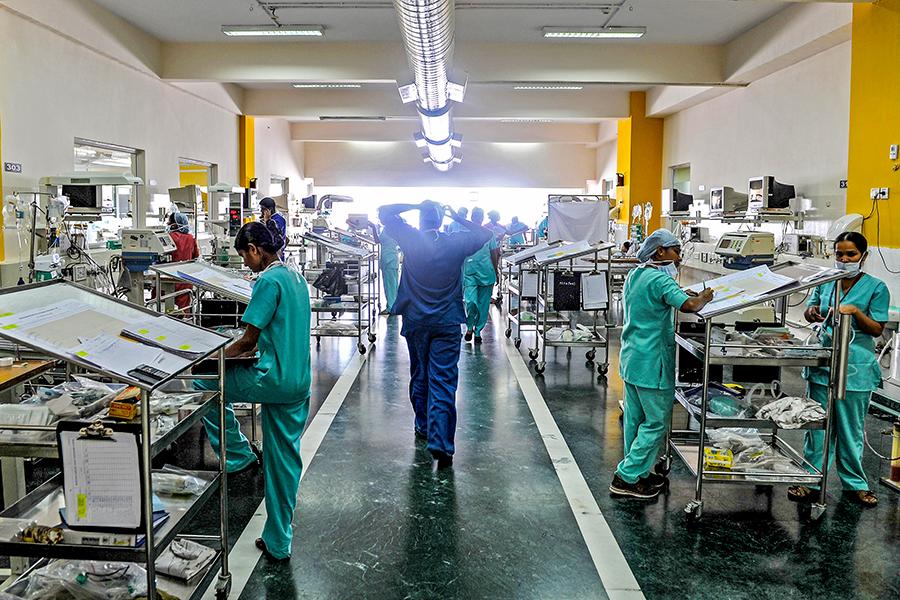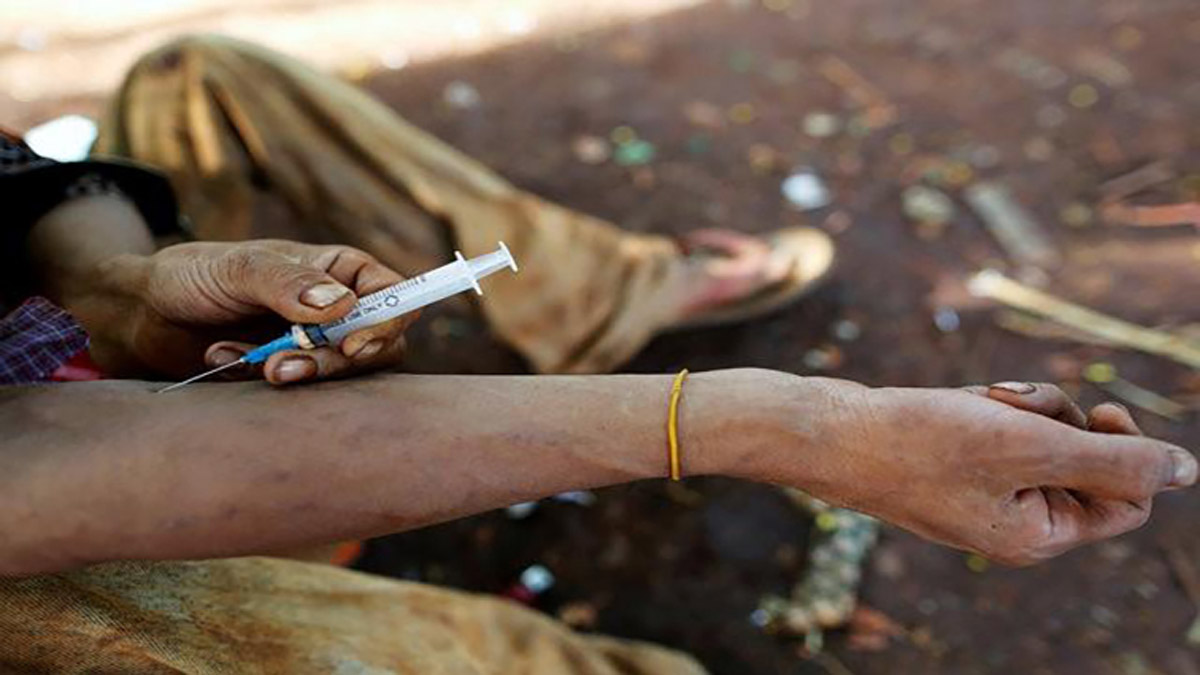Accessibility and cost are two of the biggest problems plaguing India’s healthcare system. The COVID-19 pandemic highlighted weaknesses, highlighting the critical need for change.

As a result of the epidemic, gaps in medical resources and hospital capacity were apparent. In spite of the fortitude shown by healthcare personnel, the crisis highlighted the need for a more robust infrastructure.
Over 400,000 new cases were recorded per day in India during the peak of COVID-19 in April 2021, saturating healthcare facilities and drawing attention to critical infrastructural deficiencies. Rural communities sometimes lack access to and/or quality of healthcare, exacerbating existing inequalities. Ayushman Bharat and similar government programmes try to solve this problem but require effective execution.

Seventy percent of India’s population lives in rural regions, where there is often a lack of basic healthcare infrastructure. The system is hampered by the paucity of medical personnel and the consequently low doctor-to-patient ratio. Motivating doctors to take jobs in underprivileged areas is crucial.
India’s doctor-to-population ratio of 1:1456 is well below the World Health Organization’s target of 1:1000. In order to provide medical advice and reduce stress on hospital staff, telemedicine and digital health platforms have become indispensable.

According to a survey by Practo, a renowned telehealth platform, the number of telemedicine consultations increased by more than 300% during the pandemic. Investment in infrastructure, resolving human resource shortages, extending health insurance coverage, encouraging research and development, simplifying laws, and promoting preventative care are all necessary components of India’s healthcare reform effort.
In the fiscal year 2021-2022 budget, the Indian government set aside nearly 2.23 lakh crore (about $30 billion) on healthcare. Although there are many obstacles to overcome, India has a unique chance to create a healthcare system that is both more egalitarian and more robust. The health and prosperity of the world’s most populated nation depend on successful healthcare reform.

